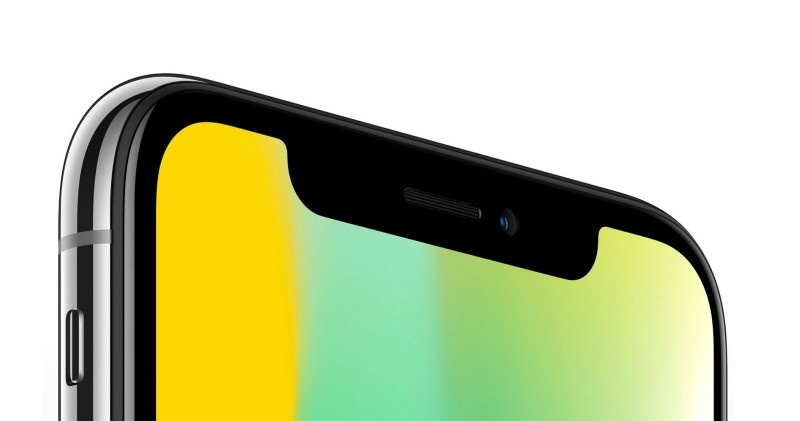As I’m writing, it’s the day after Apple’s Special Event. The Steve Jobs Theater has a public event under its belt. We’re past figuring out how to pronounce iPhone X, and we’re done caring what happened to iPhone 9. Even the Face ID demo fail is already yesterday’s news.
If you watched the live stream of Apple’s Keynote as a normal part of your job like I did, you need to know that customer centricity is under attack.
I have a few suggestions how to respond:

“One more thing”
I have to say I’ve always enjoyed Apple’s Keynote events. I’d bet you agree. There’s a fun element of the big reveal. Were our predictions right? Were the leaks accurate?
And the events suit our sense of humor too. There’s a fine line between the reality of Apple on stage, and the spoofs that always follow. Here’s one that’ll be spoofed. Apple Stores are now called Town Squares? $999 isn’t exactly priced to be the people’s phone!
Apple is a product company and why it matters
These events remind me that Apple is a product company. A very popular and valuable product company. It’s important to understand that this does not mean Apple is a customer centric company. Let me give you an example: Who is Apple Town Square targeting? Everyone!
If customer centricity for a target segment is part of your strategy, you need to understand this difference.
Every rule has an exception
I did see one Apple example of customer centricity. I’ll mention it here to further clarify the difference.
To me, the Apple Heart Study, in collaboration with Stanford and American Well, is customer centric. (I’m thrilled to see a consumer-facing company collaborating and aiming to improve heart health and patient care.)
Clearly, Apple Heart Study is looking at the unmet needs of a target segment. Tim Cook articulated this recently and calls the health check a business opportunity, too. I’m extremely interested to see how Apple’s customer centric approach performs for this initiative.
Customer centricity is under attack
Apple is a product company. That does not mean Apple is attacking customer centricity. Instead, the customer centricity battle is our own.
The battle is between our own tendencies as consumers of Apple products, versus our business use of the Apple platform for our customers. We need to examine Apple’s features separately from our use of them as consumers. We need to understand the fit or mismatch between our customers and each new Apple feature.
We lose for our customers if we don’t make the distinction.
Winning the battle
I’d like to make a few suggestions for designers and engineers who want to win the customer centricity battle.
1. Meet their needs, not your own
From inside our bubble, we watched the Apple Event streamed live from the Bay Area during our workday. It’s something we actually got paid to do, and being informed will help to improve our future outcomes.
Our challenge is to avoid the trap of mistaking the other occupants of our bubble as our target customers. Do not make the mistake of thinking that Apple’s new features and capabilities are automatically a match for your customers.
Make the effort to ensure that your app’s use of new features like Face ID are right for your customers, at the right time. Meet their needs, not your own.
2. Compete with every other app
You cannot ignore Apple’s feature innovations either. You need to know what new feature innovations mean for your customers, and what your customers’ expectations are for those features. This is why it’s true to say that your app competes with every other app on a customer’s phone.
It may be that there’s a demand for Face ID before you would expect, or before you would want to have to invest in making your app compatible. Even so, it would be a mistake to implement the in-demand feature without closely examining its fit, including the pros and the cons.
Apple is a product company; you need to guard your use of their platform. Ensure it fits and meets your customers’ needs.
3. Remember, we operate in a duopoly
In the days surrounding an Apple Event, do not forget your Android customer base as you adjust your plans! 99.6% of the market is dominated by the Apple and Google duopoly.
Apple and Google will continue to joust for market share. The trap here for folks like us would be to favor our own personal preferences at the cost of our customers’ experiences.
Keep your own personal OS bias out of your designs.
We can win this battle on behalf of our customers
If customer centricity for a target segment is at all part of your strategy, now’s the time to separate your own consumer use and your business implementation of Apple and Google platforms.
If your customers are outside your bubble, meet their needs not your own. Remember that your customers may have high expectations for your app’s use of new technology. Meet those expectations this Fall with iPhone X.
Finally, remember we operate in a duopoly. Keep your OS bias out of your designs.
Find this article helpful?
This is just a small sample! Register to unlock our in-depth courses, hundreds of video courses, and a library of playbooks and articles to grow your startup fast. Let us Let us show you!
Submission confirms agreement to our Terms of Service and Privacy Policy.
Already a member? Login
No comments yet.
Start a Membership to join the discussion.
Already a member? Login
